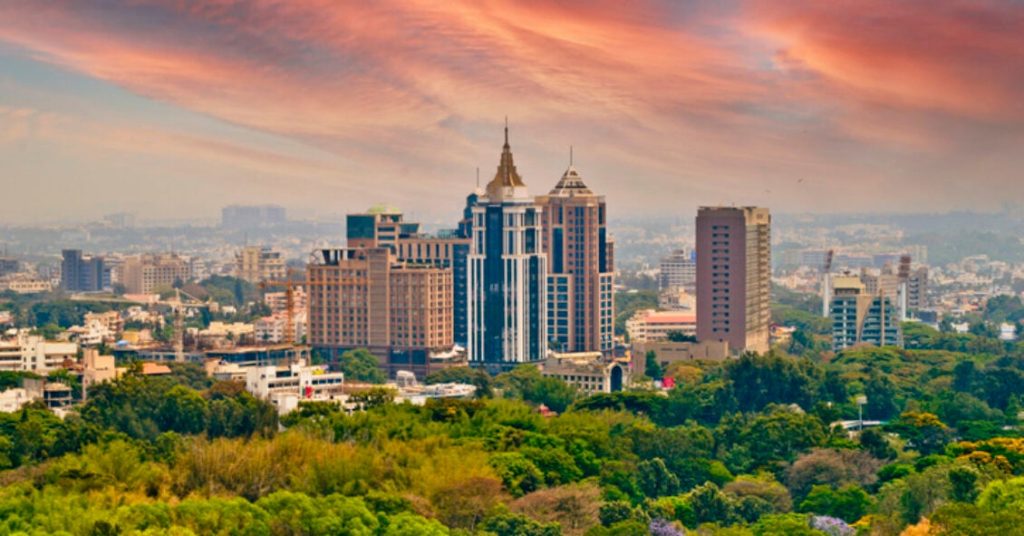Have you noticed how sports scenes in smaller Indian cities are changing? Imagine kids in Siliguri, Satna or Bhagalpur running onto new synthetic courts for football, badminton or cricket. That’s the shift happening right now.
If you’re tracking trends — or even casual punters visiting platforms like dbbet kenya — you might sense that the sports wave isn’t just metro‑centered anymore. It’s reaching smaller towns with real momentum.
Why It Matters: Sports Infrastructure in India Is Going Local
Three years ago, less than 30% of sports participation came from Tier‑2 and Tier‑3 cities. Today that’s up over 45% – and climbing fast. This shift is reshaping sports infrastructure in India, shifting resources and attention beyond big metros.
With nearly 70% of the population living outside major metros, growing infrastructure here means tapping into massive potential.
What’s Driving This Surge
Government Push via Khelo India
Since its launch in 2017, Khelo India has delivered over 1,000 grassroots centres and 32 State Centres of Excellence nationwide. Many are now operating in smaller cities. These centres come with stadiums, training areas and coaching facilities.
Public‑Private Partnerships (PPP) and Private Players
State governments across India are using PPP models to build new sports complexes. Look at Bengaluru, where the Karnataka government is investing ₹280 crore on two new multi‑sport arenas under PPP.
Private companies like Gallant Sports are stepping in too. Their “Gallant Partners” program works with Tier‑2/3 towns on projects worth ₹10–20 lakh—such as mini football turfs, basketball courts, skating rinks, and badminton grounds.
Companies like Sunzone, Acosa, Olympiados, Topfloor Sports Infra and Great SportsTech are delivering surfaces and turnkey facilities across India—even outside major cities.
They install synthetic running tracks, EPDM granule courts, hybrid turfs, and multipurpose arenas that can host community events as well.
What You’ll See on the Ground
Multipurpose Modular Stadia
Tier‑2 towns are now hosting smart multi‑sport complexes. These use modular design so a stadium can host athletics one day and basketball or concerts the next. It’s cost‑effective and space‑efficient.
Synthetic and Hybrid Turf Everywhere
Rather than grass fields that demand heavy maintenance, local stadiums now favor durable synthetic or hybrid turf. These surfaces require minimal upkeep and meet FIFA/FIH standards.
Mini Complexes in Mission Mode
We’re seeing new mini‑stadiums in cities like Lucknow: a 20‑acre site in Janeshwar Mishra Park now features football, cricket, tennis and skating facilities, plus adventure sports zones and jogging paths—all under PPP contracts.
In Pune, the iconic Army Sports Institute is upgrading to global standards—adding a synthetic hill track, a revamped 400‑m track, sports medicine centre and advanced scouting systems. >Work begins by September 2025.
Rajasthan United Football Club has launched a residential academy in Jaipur—a major step for football infrastructure in Rajasthan.
Belt‑wide Growth
Cities like Bhopal and Lucknow now feature in reports as “Regional Champions” for sports infrastructure — close to cracking the Metro club.
Punjab is rolling out courts in every village. In Sunam, a new badminton court was opened to steer youth away from addiction and support health.
Odisha’s Bhubaneswar continues to shine as a sports capital. From running the 2017 Asian Athletics Championships to hosting mega events, it’s now ranked among India’s top sports cities.
Who Builds It: Sports Infrastructure Companies in India
Let’s name-drop a few key players:
- Sunzone Sports & Play: stadiums, training centres and school sports fields across the country.
- Acosa Sports Infra offers synthetic surface installation on a turnkey basis.
- Olympiados, Topfloor Sports Infra, Great SportsTech Ltd., and Rayzon Global LLP supply surfaces and infrastructure meeting FIFA, ITF and athletics standards—with installations in regional towns too.
The spread of these companies into niche Tier‑2 centres is pivotal. They are bridging the gap between ambition and local delivery.
Results You Can Feel and See
- Sports participation in non‑metro India has climbed by 45% in three years.
- Smaller cities are not just building — they’re hosting. From youth leagues to district tournaments. Infrastructure supports both local activity and occasional national events.
Governments are rewarding performance too. Uttar Pradesh has offered government jobs and cash awards to over 500 athletes, praising sports infrastructure expansion from village grounds to district stadia.
Public‑private action has turned infrastructure into a growth engine. Economies in smaller towns are benefiting, and private participation is ramping up.
Challenges Holding Back Full Potential
It’s not all smooth yet:
- Maintenance remains weak in many centres. Facilities fall into disrepair due to lack of local management plans.
- Funding often arrives after events, not before talent emerges. Grassroots support still needs structure and consistency.
Companies are stepping up, but limited access to finance and lack of trained workforce remain barriers.
How Tier‑2/3 Sports Could Get Better
Here’s what works, and what still needs fixing:
- More PPPs. Encourage local governments to work with private firms—for both facility build and long‑term operations.
- Grassroots scouts & school links. Tie infrastructure to talent search programs like Khelo India, Reliance Foundation Youth Sports, or local NGOs.
- Better facility management. Maintenance contracts, local hiring, and Uptime policies ensure long‑life use.
- Multi‑sport use. Turn single‑sport stadiums into community hubs. Host concerts, leagues, festivals. Montages build local pride and revenue.
- Digital engagement. Booking platforms, mobile apps and virtual leagues bridge demand with infrastructure—especially in newer towns.
Looking Ahead
As India bids for the 2036 Olympics, cities like Ahmedabad and others across smaller states are betting big. The goal: leave a legacy that lives on.
Soon, we’ll see Tier‑2 and Tier‑3 cities hosting national competitions, nurturing Olympic potential—and maybe exporting talent, just like the metros.
You might ask: “What’s in it for businesses or locals?” The answer: social pride, healthier youth, job creation, and long‑term viability.
So next time you hear about sports in Bharat, think beyond Mumbai or Delhi. Look deeper. That’s where the next generation is training, competing, and rising.
This infrastructure growth isn’t flash-in-the-pan. It’s rooted in policy, driven by private players, and powered by demand in towns you maybe never thought were ready. But they’re ready—and running.


